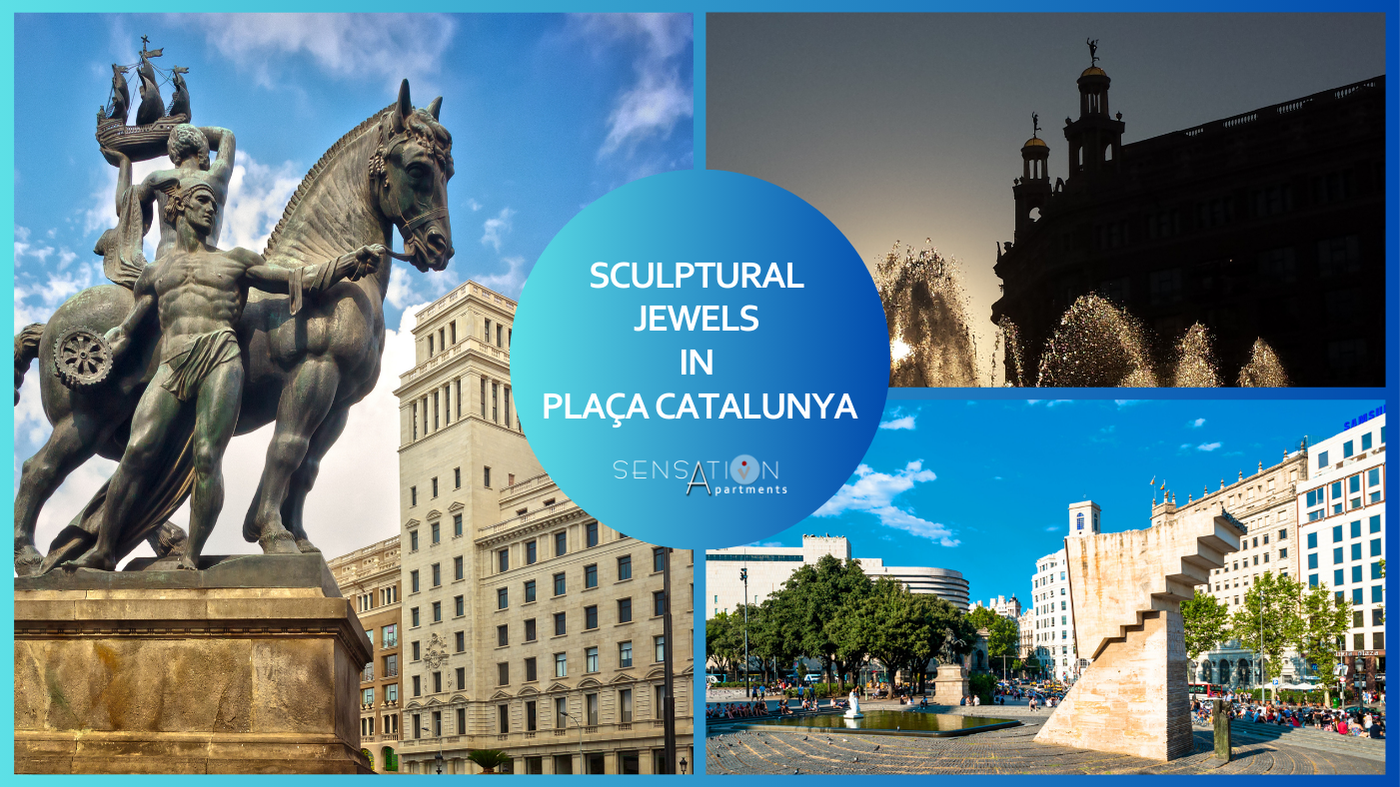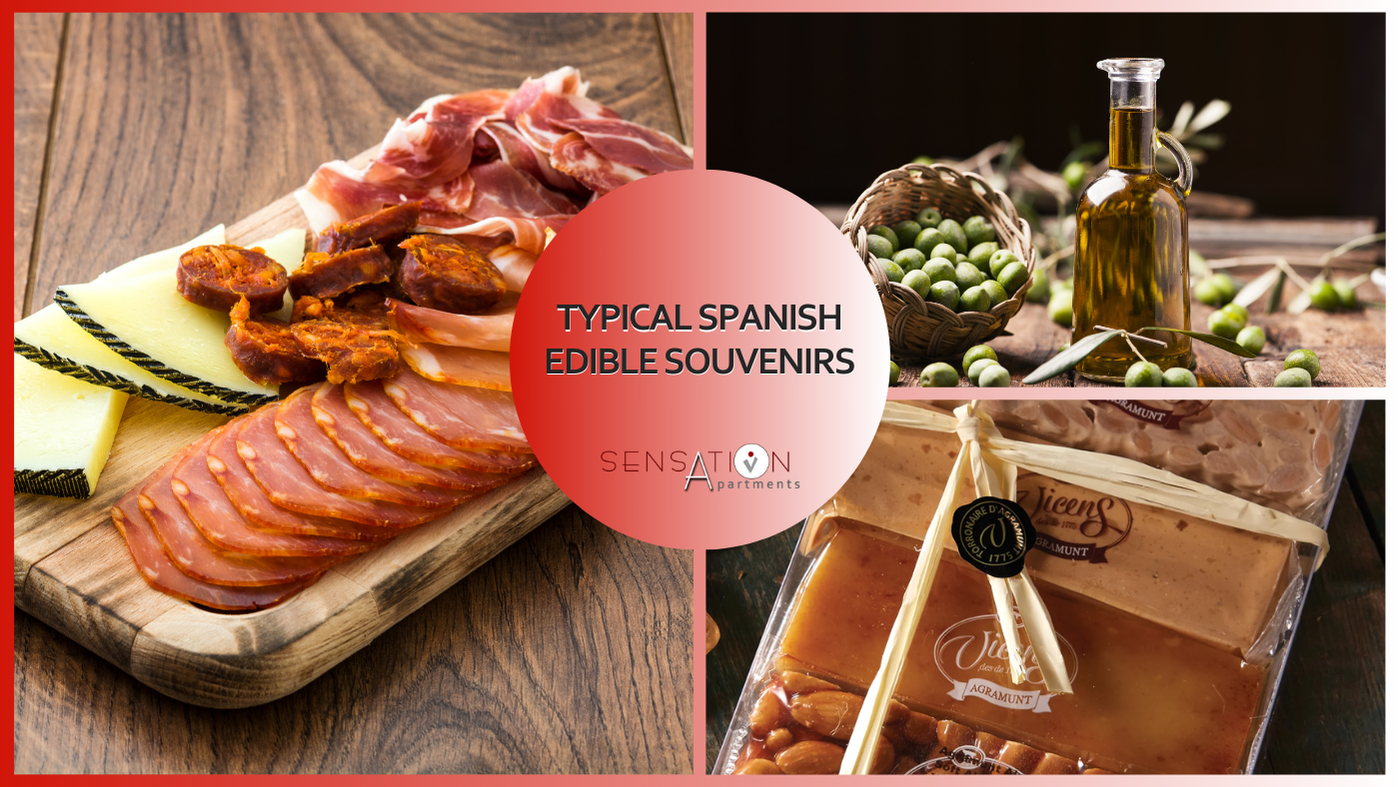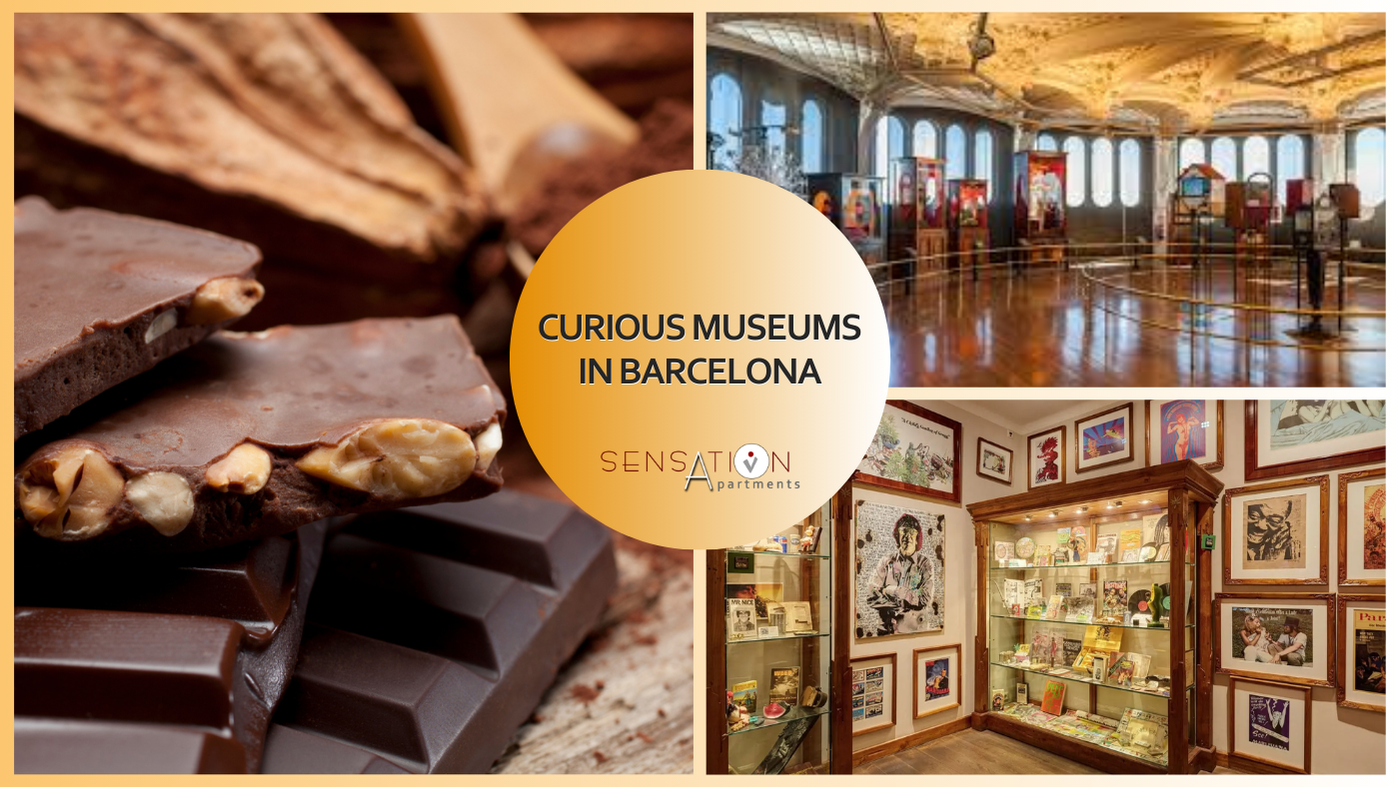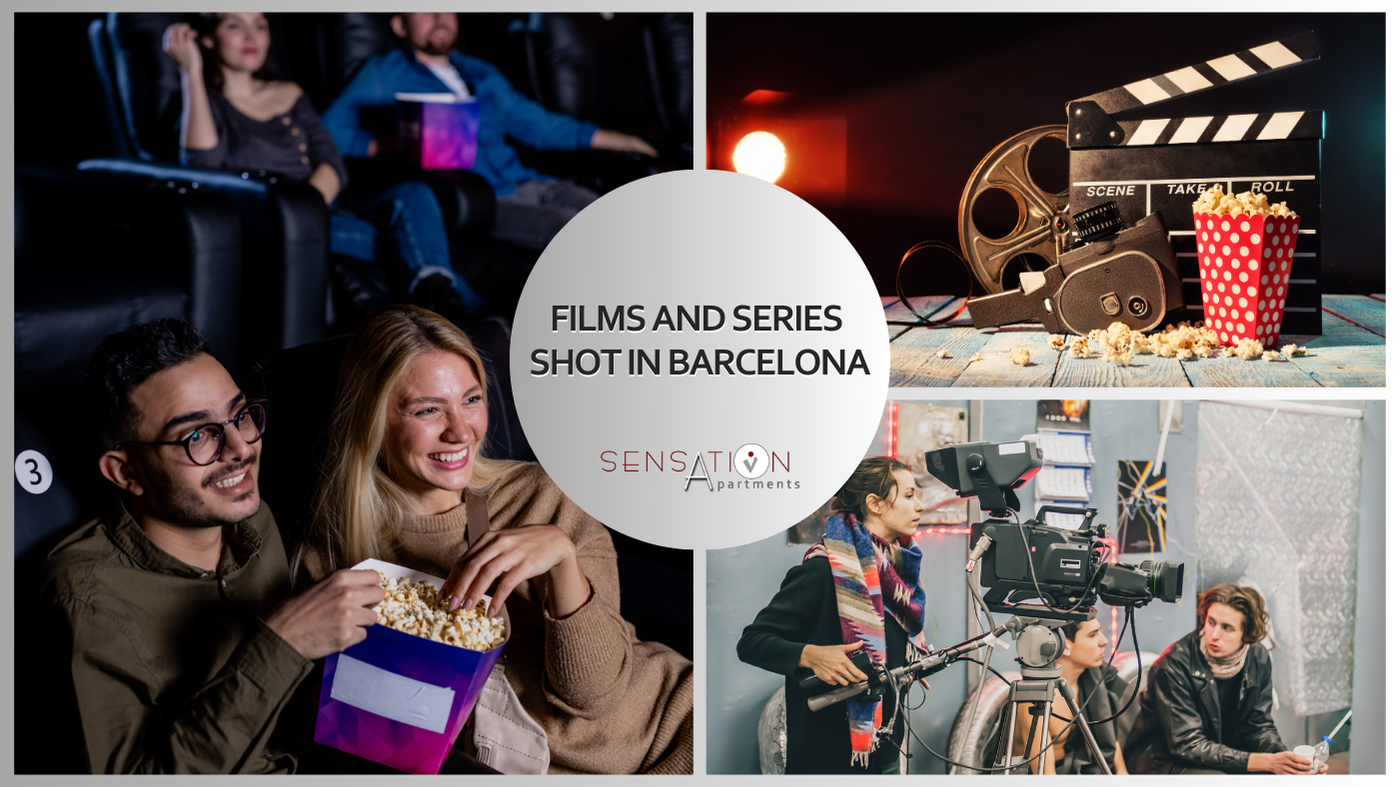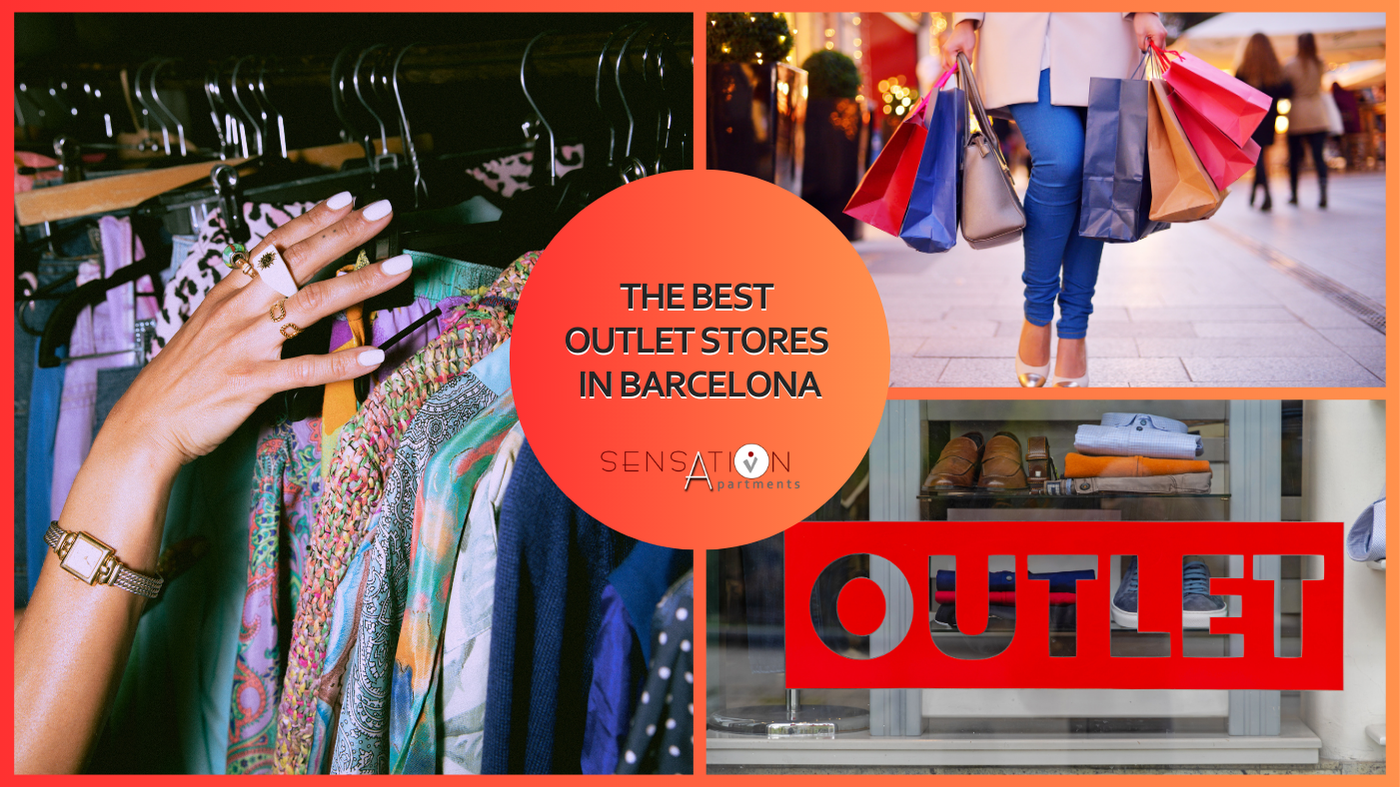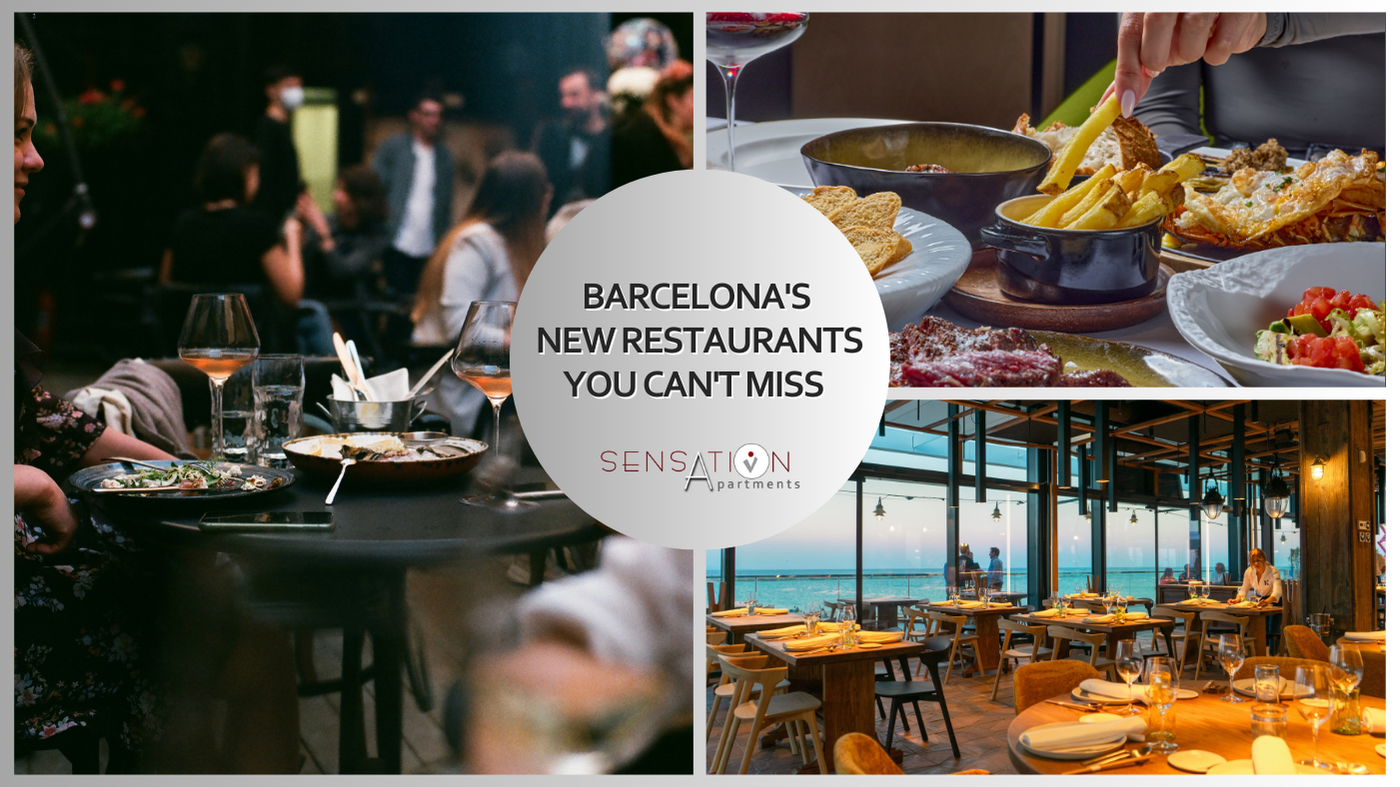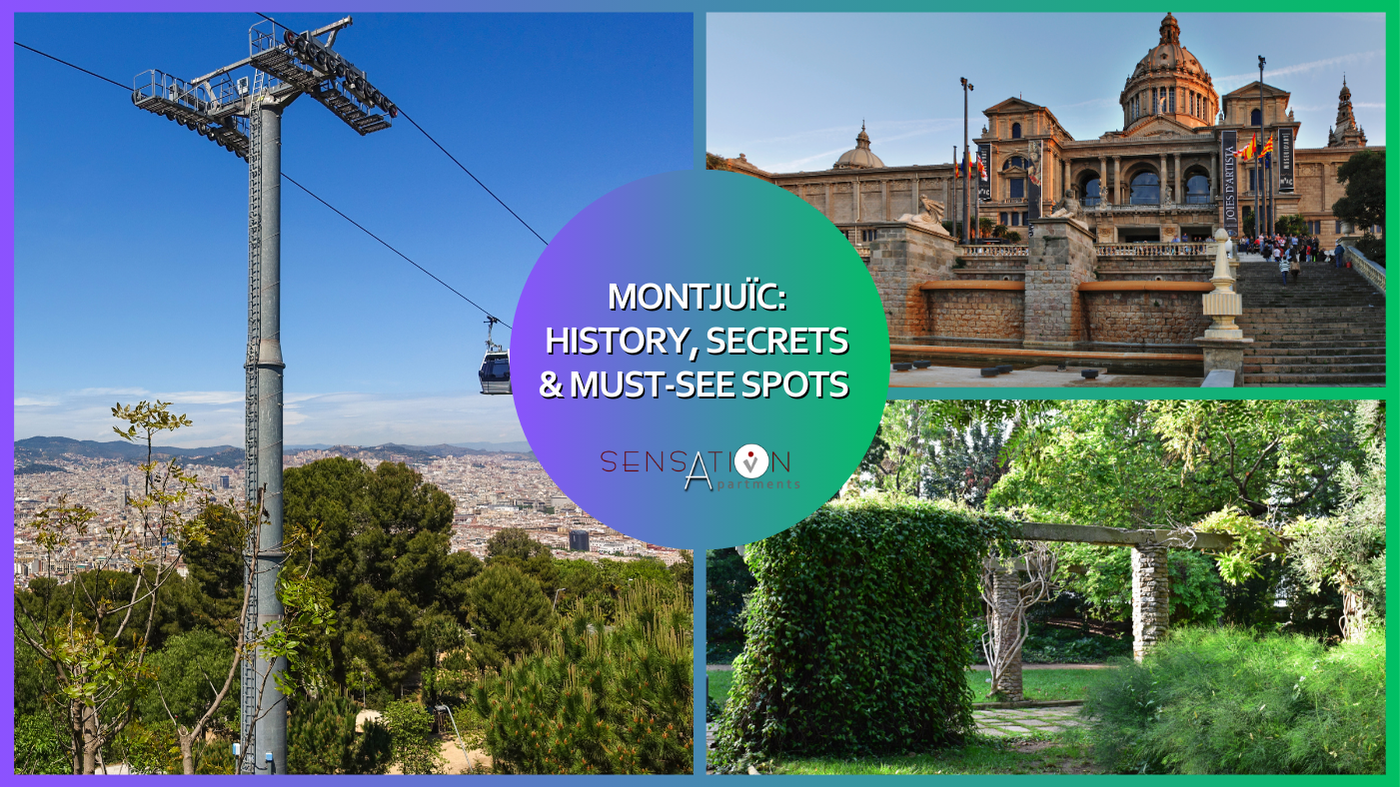Sculptural jewels in Plaza Catalunya
Culture 05/02/2025
Plaza Cataluña is one of the most emblematic places in Barcelona and plays a crucial role as the epicentre of the city due to its cultural, social and historical value. Opened at the end of the 19th century after the demolition of the medieval walls, Plaza Cataluña marked a change in the urban configuration of Barcelona, connecting the old city with the new expansions of L'Eixample.
During the 1929 International Exhibition, the square acquired its current design during this period, consolidating itself as the nerve centre of the city. It also witnessed key moments such as the Spanish Civil War, the democratic transition and today, the square is a meeting point for social and political mobilisations.
Plaza Cataluña is not just a place of passage or a geographical reference point; it is a reflection of the essence of Barcelona. Its importance lies in being a living space, where history, art and everyday life intertwine, becoming a true cultural, social and historical epicentre of the city.
In addition to its historical and social significance, Plaza Catalunya is also a true open-air museum. Its vast space is home to some of the city's most emblematic streets, such as La Rambla and Paseo de Gracia, and houses various sculptures of great artistic value that embellish the surroundings and tell fragments of Catalan history.
The selection of the sculptures for Barcelona’s Plaça Catalunya was a process that reflected both the desire to beautify the public space and to pay homage to the city’s history, culture and values. The sculptures were chosen to reflect different aspects of Catalan heritage, from mythological and religious figures to representations of everyday life and nature. Furthermore, the incorporation of these works was the result of a close collaboration between renowned artists and Barcelona City Council, with the aim of creating a harmonious ensemble that would dialogue with the urban environment.
Discover below all the sculptural gems that you can find in the most emblematic square of the city.

Bronze sculptural groups dedicated to the Catalan provinces
● Barcelona , by Frederic Marès: It represents the characteristic activities of the city: navigation, symbolized by a woman holding a boat, and commerce, personified by Hermes with a cogwheel, a symbol of industry and commercial exchange at the time.
● Tarragona , by Jaume Otero: Tribute to the province of Tarragona, highlighting its Roman legacy and its port importance.
● Lleida , by Joan Borrell: Representation of the agricultural wealth of the region, with references to the production of fruit and cereals.
● Girona , by Antoni Parera: It symbolizes the history and culture of Girona, alluding to its fortresses and its medieval character.
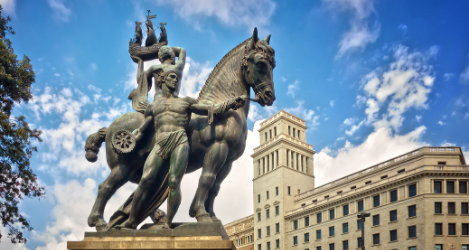
Bronze sculpture representing the province of Barcelona
The most emblematic sculptures
● The Tribute to Francesc Macià , by Josep Subirachs: Modern sculpture in the form of an unfinished staircase that symbolises Catalonia's ongoing path towards its identity and self-government, in honour of the former president of the Generalitat.
● Pich i Pon Building: Two twin statues of Hermes , the Greek god, crown its structure, located on temples. These sculptures represent the architectural grandeur of the building and add a classical air to its façade.
● The Goddess of the Pond (Josep Clarà) This sculpture represents a female figure emerging from the water, symbolizing the connection between the divine and nature. The work reflects the serene beauty of the goddess, evoking the peace and harmony of water and earth.
● Fountain of the Six Putti (Jaume Otero) This fountain, decorated with six figures of puttis (winged children), is a symbol of innocence and classical beauty. The puttis, known in Baroque iconography, represent joy and lightness, adding a playful and ornamental touch to the public space.
● Work (Llucià Oslé) The sculpture conveys the strength and dedication of human beings to work. Through a male figure, the work refers to the effort, struggle and dignity of those who dedicate themselves to manual work, reflecting the importance of this activity in everyday life.
● Wisdom (Miquel Oslé) represents a male figure that embodies knowledge and intellectual reflection. The sculpture highlights the importance of the human mind and the constant search for wisdom, transmitting serenity and depth through its sober and majestic form.

Sculptures in temples around the square
● Pomona (Enric Monjo): This is a sculpture that represents Pomona, the Roman goddess of abundance and fertility. This figure is a symbol of generous nature and agricultural prosperity. The work stands out for its stylized form and its connection with the earth and its fruits.
● The Popular Spirit (Jaume Otero): This sculpture captures the figure of a woman, who represents the essence of the Catalan people, popular culture and its vitality. With a dynamic and robust posture, the work exalts collective values and the strength of the community.
● Woman with Angel (Vicenç Navarro): The work shows a female figure accompanied by an angel, symbolizing purity and spirituality. The female figure could be interpreted as a representation of humanity in contact with the divine.
● Female Figure (Josep Llimona): This sculpture shows a nude woman, representing the idealized beauty of the human body. It is a modern style work that emphasizes the female anatomy, and could be interpreted as a reflection on beauty and humanity.
● The Fisherman (Josep Tenas): The sculpture shows a fisherman in his daily task. It is a representation of the hard-working life of the common man, evoking the relationship with the sea and the traditional work of fishermen on the Catalan coast.
● Woman with Image of the Virgin (Enric Monjo): In this work, a woman holds a religious image, evoking the popular devotion to the Virgin Mary. The sculpture highlights the spirituality and connection of the people with the Catholic faith.
● Shepherd with an Eagle (Pablo Gargallo): This sculpture is a representation of a shepherd with an eagle, symbolizing the relationship between humans and nature. The eagle can be interpreted as a symbol of strength and freedom, while the shepherd represents the man who lives in harmony with his environment.
● Woman (Joan Borrell): The sculpture shows a female figure in a contemplative and simple pose. It is a work that highlights the elegance and serenity of the human figure, often linked to femininity and introspection.
● Hercules (Antoni Parera): He is a mythological figure known for his strength and bravery. In this sculpture, the Greek hero is represented as a symbol of power and virtue, evoking the heroic ideals of classical mythology.
● Montserrat (Eusebi Arnau): It is a figure that refers to Mount Montserrat and Moreneta, the Virgin of Montserrat, a place of great spiritual significance in Catalonia.
● Emporion (Frederic Marès): Refers to the ancient Greek and Roman city of Empúries on the Catalan coast. The work symbolises the connection between classical cultures and Catalan identity, evoking the history and legacy of the region.
● Montseny (Jaume Durán): This refers to the famous mountain and natural park of Montseny, an emblematic place in Catalonia. The sculpture seeks to represent the connection with nature and the importance of this natural site, which is a symbol of the landscape and biodiversity of the region.
![]()
Terrace sculptures among the ornamental fountains
● Navigation (Eusebi Arnau) This work is dedicated to the act of sailing, symbolizing dynamism and the adventurous spirit. It represents a human figure guiding a boat, evoking the relationship between human beings and the sea and the exploration of new horizons.
● Shepherd with the Flute (Pablo Gargallo) The "Shepherd with the Flute" is a sculpture that shows a young shepherd playing a flute, evoking the connection between humans and nature. Through this figure, Gargallo conveys the idea of rural peace and the harmony of simple, everyday life.
● Youth (Josep Clarà) "Youth" is an idealized representation of youth, characterized by its freshness and vitality. The figure is a tribute to the strength and beauty of youth, symbolizing the drive towards the future and the energy that accompanies this stage of life.
● The Forger (Josep Llimona) "The Forger" shows a male figure working in the fire, symbolizing the artisanal skill and human effort in the creation of useful objects. The work highlights the value of manual work and skill in the craft of forging.
● Motherhood (Vicenç Navarro) This sculpture reflects maternal tenderness and protection. Through a female figure holding a child, the work conveys the unconditional love of the mother towards her child, representing the essential bond between them and the importance of motherhood in society.
● Young Man (Josep Dunyach) This is a stylized representation of a youthful figure, highlighting the beauty of youth and its energy. The sculpture conveys dynamism and vigor, evoking the vitality and hopes that accompany youth.
● Woman with Child and Piccolo (Josep Viladomat) In this work, a woman holds a child while the child holds a flute, symbolizing maternal love and musical culture. The sculpture expresses the relationship between mother and child, while also referring to the power of music as an educational and formative element.
● Female Figure (Enric Casanovas) This sculpture is an abstract female figure that highlights the shape and harmony of the human body. Through the simplicity of its line and structure, the work reflects on femininity and its connection to the idealized beauty of the human body.
![]()
The sculptures in Plaza Catalunya not only beautify the urban landscape, but also invite visitors to reflect on Barcelona's history, culture and identity. A walk through this square is a great way to connect with the essence of the city while enjoying art in the open air. So, next time you pass by, stop for a few minutes to admire these magnificent works and discover the stories they contain.
During the 1929 International Exhibition, the square acquired its current design during this period, consolidating itself as the nerve centre of the city. It also witnessed key moments such as the Spanish Civil War, the democratic transition and today, the square is a meeting point for social and political mobilisations.
Plaza Cataluña is not just a place of passage or a geographical reference point; it is a reflection of the essence of Barcelona. Its importance lies in being a living space, where history, art and everyday life intertwine, becoming a true cultural, social and historical epicentre of the city.
In addition to its historical and social significance, Plaza Catalunya is also a true open-air museum. Its vast space is home to some of the city's most emblematic streets, such as La Rambla and Paseo de Gracia, and houses various sculptures of great artistic value that embellish the surroundings and tell fragments of Catalan history.
The selection of the sculptures for Barcelona’s Plaça Catalunya was a process that reflected both the desire to beautify the public space and to pay homage to the city’s history, culture and values. The sculptures were chosen to reflect different aspects of Catalan heritage, from mythological and religious figures to representations of everyday life and nature. Furthermore, the incorporation of these works was the result of a close collaboration between renowned artists and Barcelona City Council, with the aim of creating a harmonious ensemble that would dialogue with the urban environment.
Discover below all the sculptural gems that you can find in the most emblematic square of the city.

Bronze sculptural groups dedicated to the Catalan provinces
● Barcelona , by Frederic Marès: It represents the characteristic activities of the city: navigation, symbolized by a woman holding a boat, and commerce, personified by Hermes with a cogwheel, a symbol of industry and commercial exchange at the time.
● Tarragona , by Jaume Otero: Tribute to the province of Tarragona, highlighting its Roman legacy and its port importance.
● Lleida , by Joan Borrell: Representation of the agricultural wealth of the region, with references to the production of fruit and cereals.
● Girona , by Antoni Parera: It symbolizes the history and culture of Girona, alluding to its fortresses and its medieval character.

The most emblematic sculptures
● The Tribute to Francesc Macià , by Josep Subirachs: Modern sculpture in the form of an unfinished staircase that symbolises Catalonia's ongoing path towards its identity and self-government, in honour of the former president of the Generalitat.
● Pich i Pon Building: Two twin statues of Hermes , the Greek god, crown its structure, located on temples. These sculptures represent the architectural grandeur of the building and add a classical air to its façade.
● The Goddess of the Pond (Josep Clarà) This sculpture represents a female figure emerging from the water, symbolizing the connection between the divine and nature. The work reflects the serene beauty of the goddess, evoking the peace and harmony of water and earth.
● Fountain of the Six Putti (Jaume Otero) This fountain, decorated with six figures of puttis (winged children), is a symbol of innocence and classical beauty. The puttis, known in Baroque iconography, represent joy and lightness, adding a playful and ornamental touch to the public space.
● Work (Llucià Oslé) The sculpture conveys the strength and dedication of human beings to work. Through a male figure, the work refers to the effort, struggle and dignity of those who dedicate themselves to manual work, reflecting the importance of this activity in everyday life.
● Wisdom (Miquel Oslé) represents a male figure that embodies knowledge and intellectual reflection. The sculpture highlights the importance of the human mind and the constant search for wisdom, transmitting serenity and depth through its sober and majestic form.

Sculptures in temples around the square
● Pomona (Enric Monjo): This is a sculpture that represents Pomona, the Roman goddess of abundance and fertility. This figure is a symbol of generous nature and agricultural prosperity. The work stands out for its stylized form and its connection with the earth and its fruits.
● The Popular Spirit (Jaume Otero): This sculpture captures the figure of a woman, who represents the essence of the Catalan people, popular culture and its vitality. With a dynamic and robust posture, the work exalts collective values and the strength of the community.
● Woman with Angel (Vicenç Navarro): The work shows a female figure accompanied by an angel, symbolizing purity and spirituality. The female figure could be interpreted as a representation of humanity in contact with the divine.
● Female Figure (Josep Llimona): This sculpture shows a nude woman, representing the idealized beauty of the human body. It is a modern style work that emphasizes the female anatomy, and could be interpreted as a reflection on beauty and humanity.
● The Fisherman (Josep Tenas): The sculpture shows a fisherman in his daily task. It is a representation of the hard-working life of the common man, evoking the relationship with the sea and the traditional work of fishermen on the Catalan coast.
● Woman with Image of the Virgin (Enric Monjo): In this work, a woman holds a religious image, evoking the popular devotion to the Virgin Mary. The sculpture highlights the spirituality and connection of the people with the Catholic faith.
● Shepherd with an Eagle (Pablo Gargallo): This sculpture is a representation of a shepherd with an eagle, symbolizing the relationship between humans and nature. The eagle can be interpreted as a symbol of strength and freedom, while the shepherd represents the man who lives in harmony with his environment.
● Woman (Joan Borrell): The sculpture shows a female figure in a contemplative and simple pose. It is a work that highlights the elegance and serenity of the human figure, often linked to femininity and introspection.
● Hercules (Antoni Parera): He is a mythological figure known for his strength and bravery. In this sculpture, the Greek hero is represented as a symbol of power and virtue, evoking the heroic ideals of classical mythology.
● Montserrat (Eusebi Arnau): It is a figure that refers to Mount Montserrat and Moreneta, the Virgin of Montserrat, a place of great spiritual significance in Catalonia.
● Emporion (Frederic Marès): Refers to the ancient Greek and Roman city of Empúries on the Catalan coast. The work symbolises the connection between classical cultures and Catalan identity, evoking the history and legacy of the region.
● Montseny (Jaume Durán): This refers to the famous mountain and natural park of Montseny, an emblematic place in Catalonia. The sculpture seeks to represent the connection with nature and the importance of this natural site, which is a symbol of the landscape and biodiversity of the region.

Terrace sculptures among the ornamental fountains
● Navigation (Eusebi Arnau) This work is dedicated to the act of sailing, symbolizing dynamism and the adventurous spirit. It represents a human figure guiding a boat, evoking the relationship between human beings and the sea and the exploration of new horizons.
● Shepherd with the Flute (Pablo Gargallo) The "Shepherd with the Flute" is a sculpture that shows a young shepherd playing a flute, evoking the connection between humans and nature. Through this figure, Gargallo conveys the idea of rural peace and the harmony of simple, everyday life.
● Youth (Josep Clarà) "Youth" is an idealized representation of youth, characterized by its freshness and vitality. The figure is a tribute to the strength and beauty of youth, symbolizing the drive towards the future and the energy that accompanies this stage of life.
● The Forger (Josep Llimona) "The Forger" shows a male figure working in the fire, symbolizing the artisanal skill and human effort in the creation of useful objects. The work highlights the value of manual work and skill in the craft of forging.
● Motherhood (Vicenç Navarro) This sculpture reflects maternal tenderness and protection. Through a female figure holding a child, the work conveys the unconditional love of the mother towards her child, representing the essential bond between them and the importance of motherhood in society.
● Young Man (Josep Dunyach) This is a stylized representation of a youthful figure, highlighting the beauty of youth and its energy. The sculpture conveys dynamism and vigor, evoking the vitality and hopes that accompany youth.
● Woman with Child and Piccolo (Josep Viladomat) In this work, a woman holds a child while the child holds a flute, symbolizing maternal love and musical culture. The sculpture expresses the relationship between mother and child, while also referring to the power of music as an educational and formative element.
● Female Figure (Enric Casanovas) This sculpture is an abstract female figure that highlights the shape and harmony of the human body. Through the simplicity of its line and structure, the work reflects on femininity and its connection to the idealized beauty of the human body.
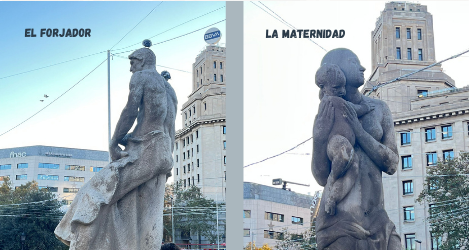
The sculptures in Plaza Catalunya not only beautify the urban landscape, but also invite visitors to reflect on Barcelona's history, culture and identity. A walk through this square is a great way to connect with the essence of the city while enjoying art in the open air. So, next time you pass by, stop for a few minutes to admire these magnificent works and discover the stories they contain.

